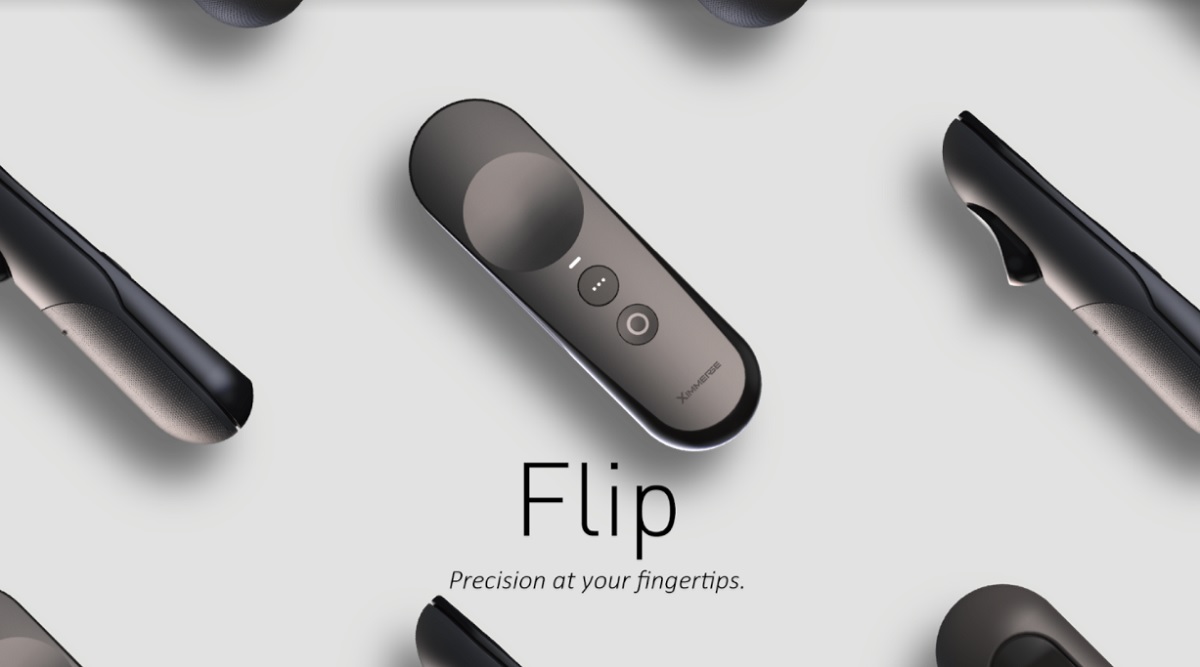Qualcomm announced it has three new technology partners who will make components for its standalone virtual reality headsets.
The company is now going to work with more partners for its Head Mounted Display Accelerator Program (HAP), including sensor maker Bosch Sensortec, image sensor maker OmniVision, and controller maker Ximmerse, according to Hugo Swart, product manager for VR at Qualcomm, in a talk at the VR World Conference in Shanghai.
![]()

![]()